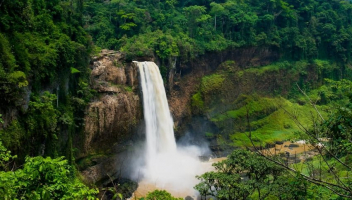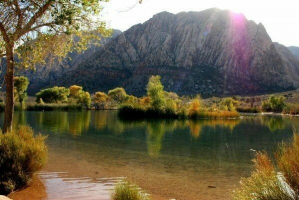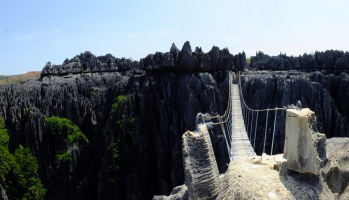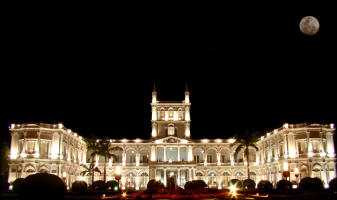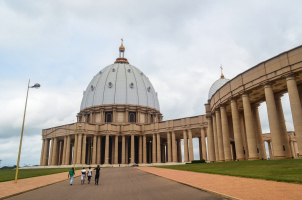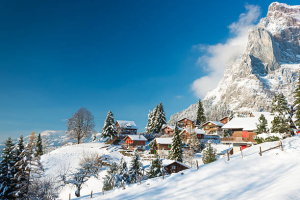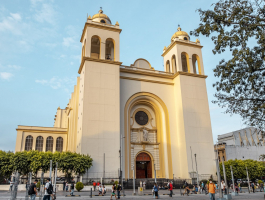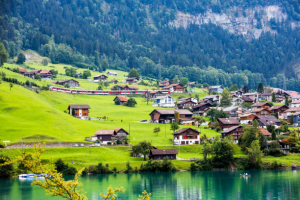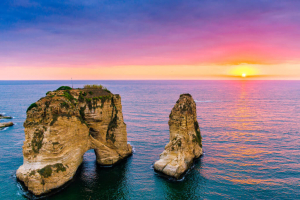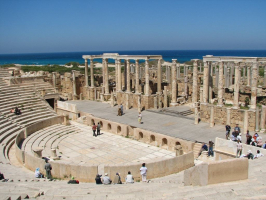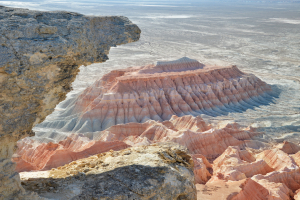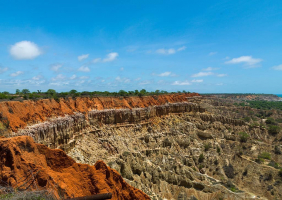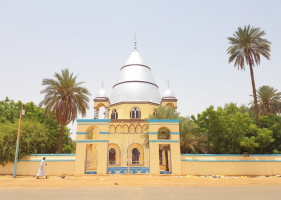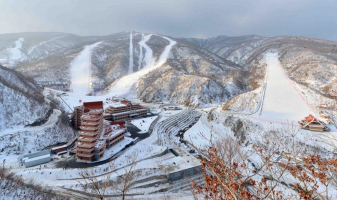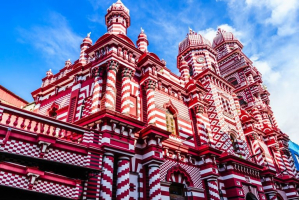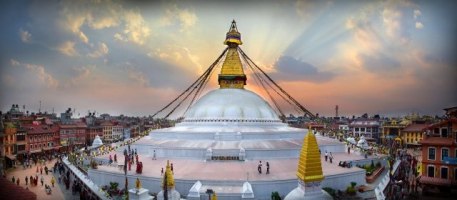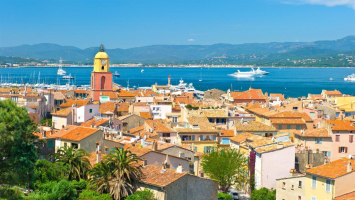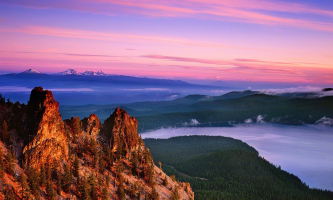Top 16 Best Places to Visit In Riga
One-third of Latvia's population resides in its capital, which is the largest city among the three Baltic nations. Being a former member of the Medieval ... read more...Hanseatic League and a place that has experienced Swedish, Polish, Russian Empire, Soviet, and Nazi control, Riga has a fascinating past to explore. Around the turn of the 20th century, when Riga surpassed its medieval fortifications, there was an incredible creative outpouring that left the city with more than 800 Art Nouveau buildings, more than any other city in the world. This article has compiled a list of best places to visit Riga.
-
A UNESCO World Heritage Site, the ancient town of Riga is located on the right bank of the Daugava River. Riga's Old Town is rich with architectural gems with its winding cobblestone alleyways, vibrant squares, and buildings from the Middle Ages. Since 1997, it has been a UNESCO World Heritage Site. It has more than 500 buildings that showcase several architectural styles, including gothic, baroque, modernism, and art nouveau. Riga's Old Town is brimming with eateries, bars, galleries, and museums.
The Riga Cathedral, the largest medieval church in the Baltics, St. Peter's Church, with its breathtaking views of the city from its observation deck, and the Three Brothers, a group of three adjacent homes, each constructed in a different century, are also highlights. While the legendary Skārņu Street includes an arts and crafts market where you may purchase a classy souvenir, Rozena iela is so little that you can touch both sides as you go. The Vecriga-named dish, comprised of choux pastry filled with curd and vanilla cream and sprinkled with icing sugar, must be ordered at a cafe.
The Great and Small Guild Halls are remnants of Riga's prosperous Hanseatic era, when the city traded throughout the Baltic and Northwest Europe. After the Second World War, Vecriga lost a third of its historical structures, but many were reconstructed after the country's 1990 declaration of independence.Address: Kungu Iela 3 Riga, Riga 1050 Latvia
Phone: unknown
Opening hours: all day
Rating: 4.5/5.0, 7207 Tripadvisor reviews
Website: https://www.liveriga.com/en/7896-the-old-town
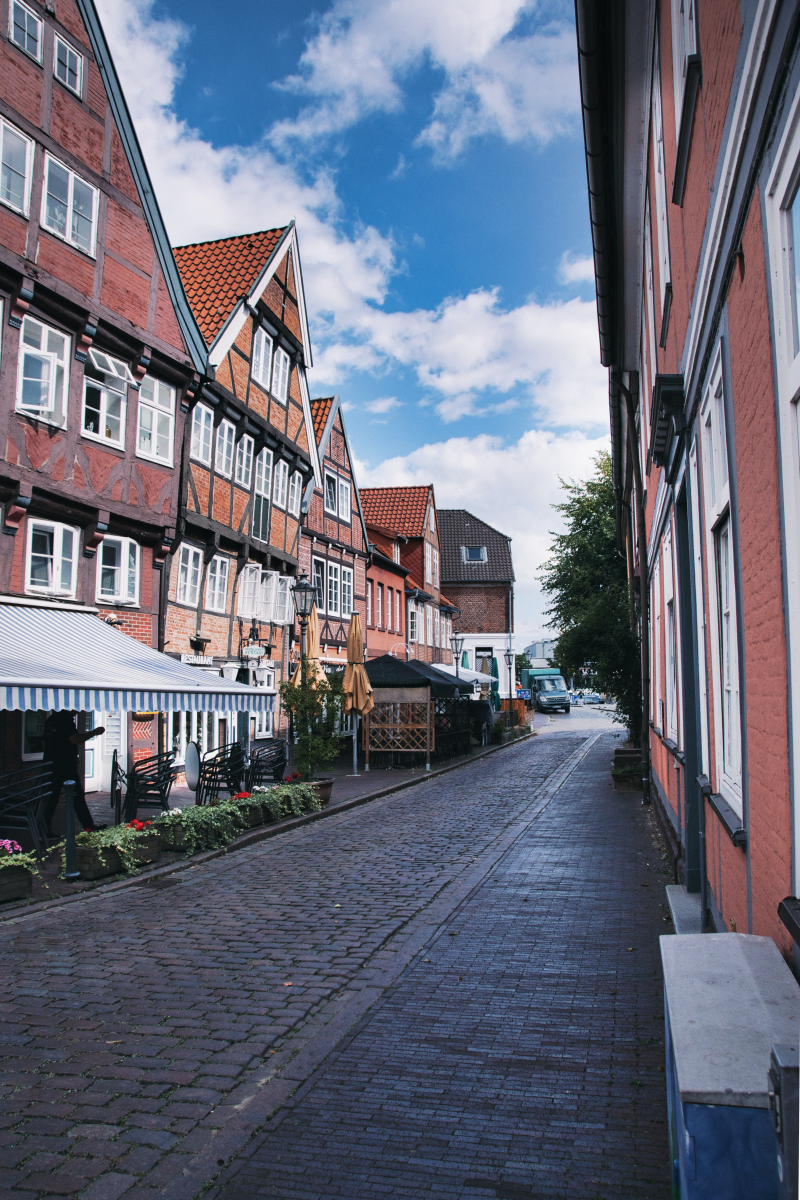
Image by Paparazzi Ratzfatzzi via pexels.com 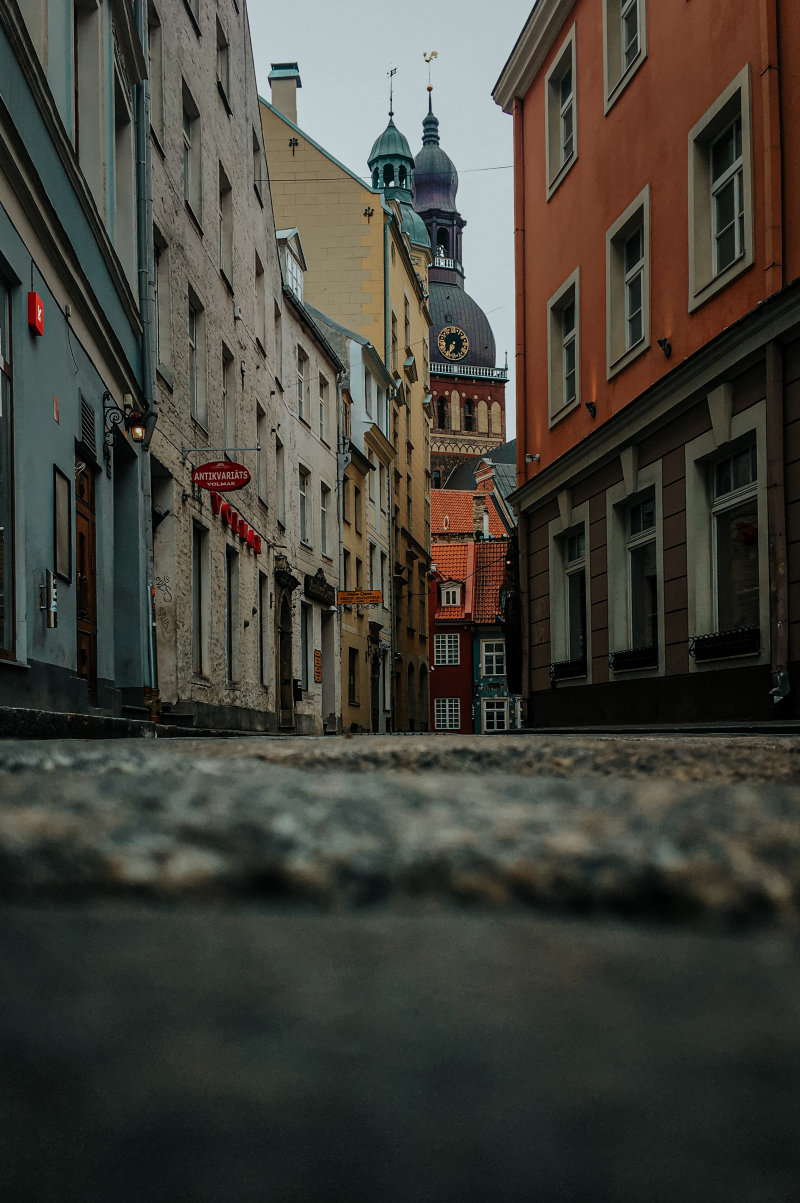
Image by Vlad Fonsark via pexels.com -
One of the biggest and busiest markets in Eastern Europe is the Riga Central Market, which is one of Riga's UNESCO World Heritage Site. The Central Market in Riga, which is formally the largest market in Europe, is housed in a collection of five World War I Zeppelin hangars close to the banks of the Daugava River. Every day, up to 100,000 customers access its pavilions. This spot is one of the Best Places To Visit In Riga.
Each of these massive structures has its own specialty, whether it be gastronomic specialties, fish, meat, dairy, or vegetables. They are located right on the Daugava, just south of Vecrga. Here, more than 3,000 merchants provide a wide variety of locally grown fresh goods. The booths are organized into distinct hangars for meat, seafood, dairy, and vegetable products, as well as an astonishing selection of sauerkraut and enormous jars of pickles.
While the former warehouses (Spikeri) have been transformed into a chic arts and entertainment district, there are also booths to shop outside the Riga Central Market. Smoked eels, hemp paste, and Rupjmaizes krtojums are a few treats that might make you step beyond of your comfort zone. Sturitis Pelmeni serves a bowl of hand-rolled meaty dumplings in a flavorful soup with a dollop of sour cream to help you recover.Address: Centraltirgus iela, 3 Riga LV-1050
Phone: +371 67 229 985
Opening hours: 7:00 AM - 6:00 PM
Rating: 4.5/5.0, 3456 Tripadvisor reviews
Website: https://www.rct.lv/en/
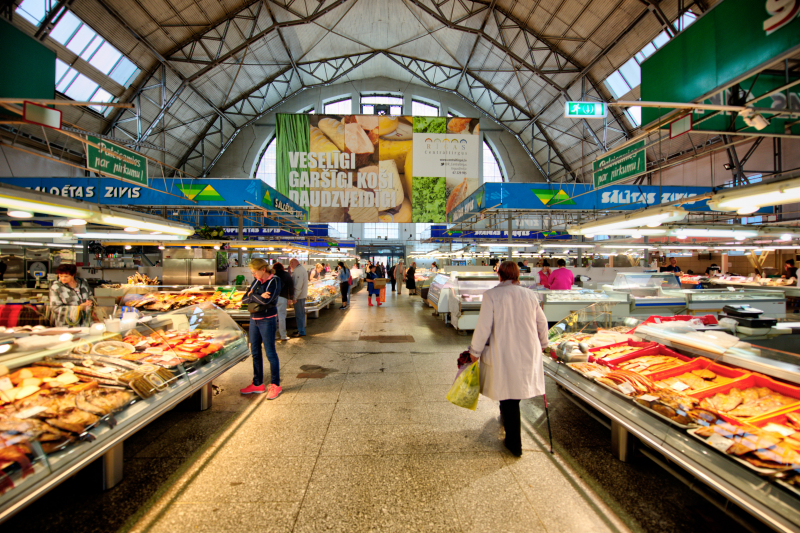
Image by Jacques Bopp via unsplash.com Video by Justin Eastern Europe via youtube.com -
Since the early 1200s, when Riga as a city was created, Riga Town Hall Square has played an important role in the city's history. The council met in this location to discuss significant issues about city management. The Riga City Council, The House of Blackheads, Riga Technical University, walk-in Riga Information office, Museum of Occupation of Latvia, and a number of cozy eateries and coffee shops are now located on the Town Hall plaza. It is astounding to consider that the Town Hall and House of the Blackheads, which can be seen from the Town Hall Square in Riga, are only a few decades old. The plaza is magnificent and the rebuilding is flawless. It is suited for a capital.
The "Statue of Saint. Roland"—a representation of the medieval French abbot who served as Riga Town Hall Square's patron from 1897 until his statue was constructed—can be found in full armour in the center of the square. Roland was a prominent military figure in the Franks and Charlemagne's nephew. He gradually rose to become the representation of justice in Northern Germany since the territory he had captured was administered strictly but justly. Roland sculptures are now seen in many towns.
However, the black building that houses the "Museum of Occupation of Latvia," which was a "Museum of Red Latvian Riflemen" until 1991 and promoted entirely different values, is obviously not a part of the original historic architecture ensemble. The square was heavily bombed during World War II and has since been rebuilt almost to its original appearance. In order to commemorate Lenin's 100th birthday, Riga Town Hall Square was constructed in 1971. It can be seen as one of the Best Places To Visit In Riga.
Address: Kaļķu iela Riga 1050
Phone: +371 67 037 900
Opening hours: all day
Rating: 4.5/5.0, 3050 Tripadvisor reviews
Website: https://www.liveriga.com/en/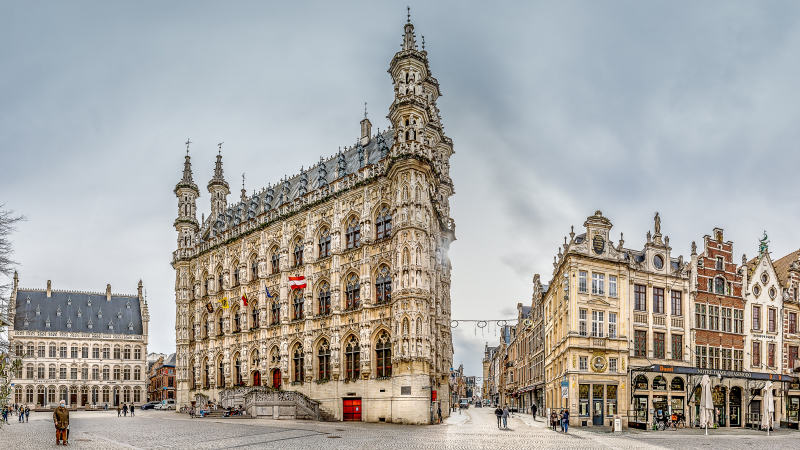
Image by Frank Barning via pexels.com 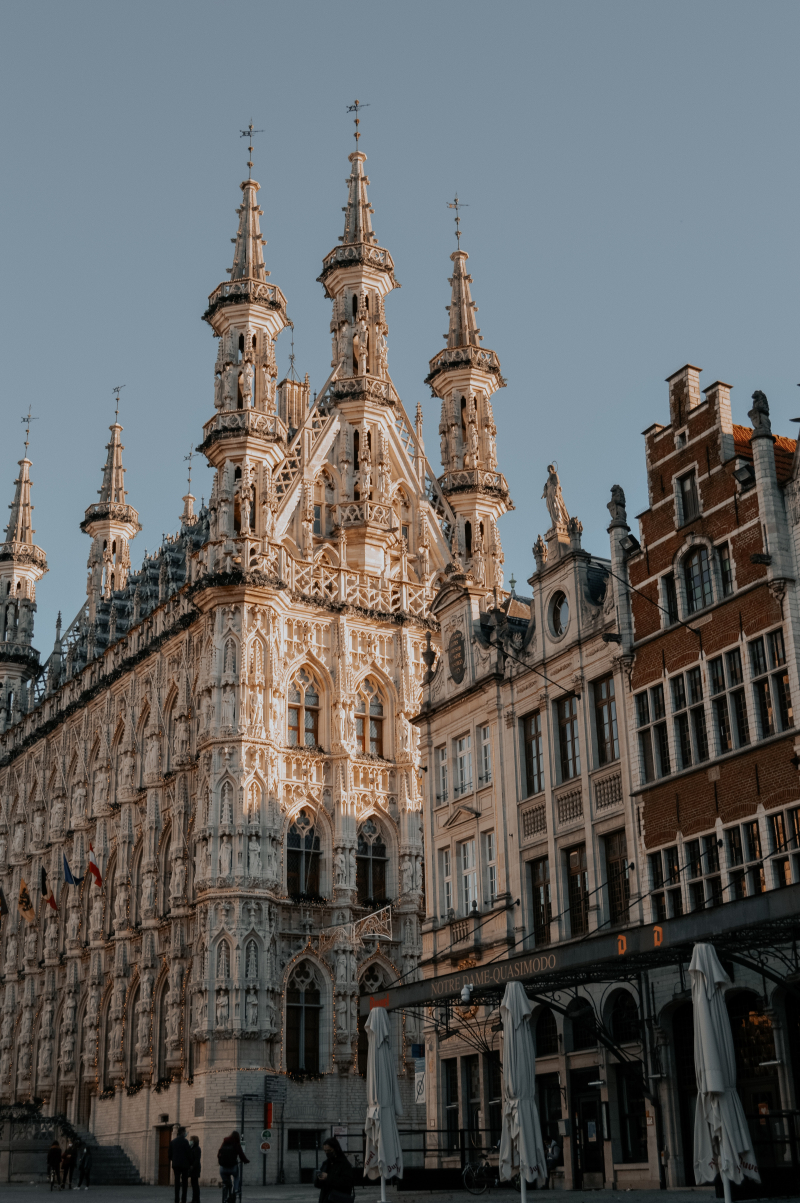
Image by Neda Kekil via pexels.com -
One of the oldest and most priceless examples of medieval monumental architecture in the Baltic States is the Riga St. Peter's Church, which stands as the city's most prominent and tallest peak. The tallest building in Riga and a noteworthy 13th-century Gothic architectural landmark of national significance is St. Peter's Church.
You are welcome to attend art exhibits and performances here, as well as take in the stunning views of Riga from the church tower, which include views of both medieval and modern Riga, the river Daugava and its expansive harbor, and the Gulf of Riga.
The current St. Peter's Church was constructed in 1209, but the sidewalls and a few of the internal pillars date from the 13th century. It's safe to say that the church tower had a rough past because the original Gothic tower from the 15th century fell in 1660. It was replaced in 1690, but in 1721, lightning destroyed it. The Second World War-era tower later caught fire, and it was refurbished in the 1960s. As a result, the cathedral has evolved into a sort of cultural and artistic hub that introduces guests to the expertise and aesthetic sense of ancient architects and provides insight into the evolution of modern architecture and art.
You may learn about the history of the structure inside St. Peter's Basilica and view a number of its original interior features, including graves, restored stonework, wooden memorial plaques, and an amazing large bronze candlestick crafted in 1596. This is one of the Best Places to Visit In Riga.
Address: Skarnu iela 19, Riga 1050 Latvia
Phone: +371 25 635 565
Opening hours: 10 am - 6 pm
Rating: 4.5/5.0, 2594 Tripadvisor reviews
Website: http://www.peterbaznica.riga.lv/
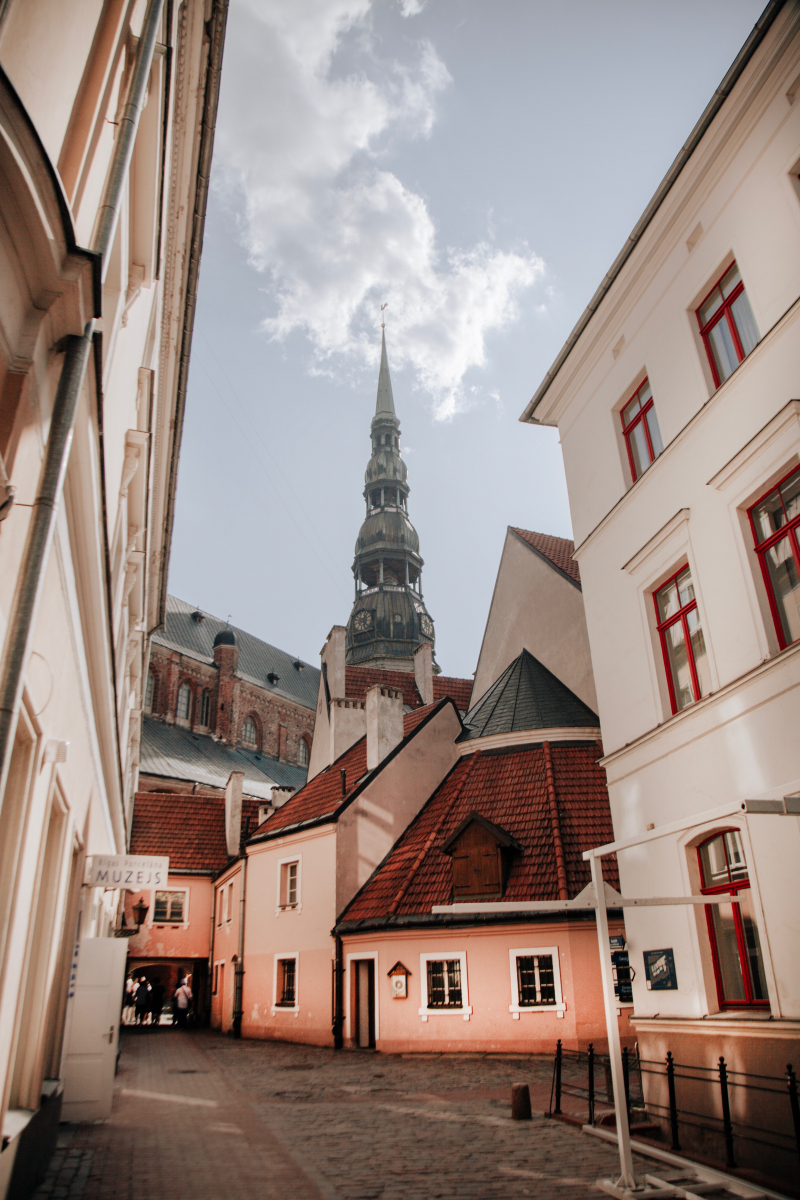
Image by figen kokol via pexels.com 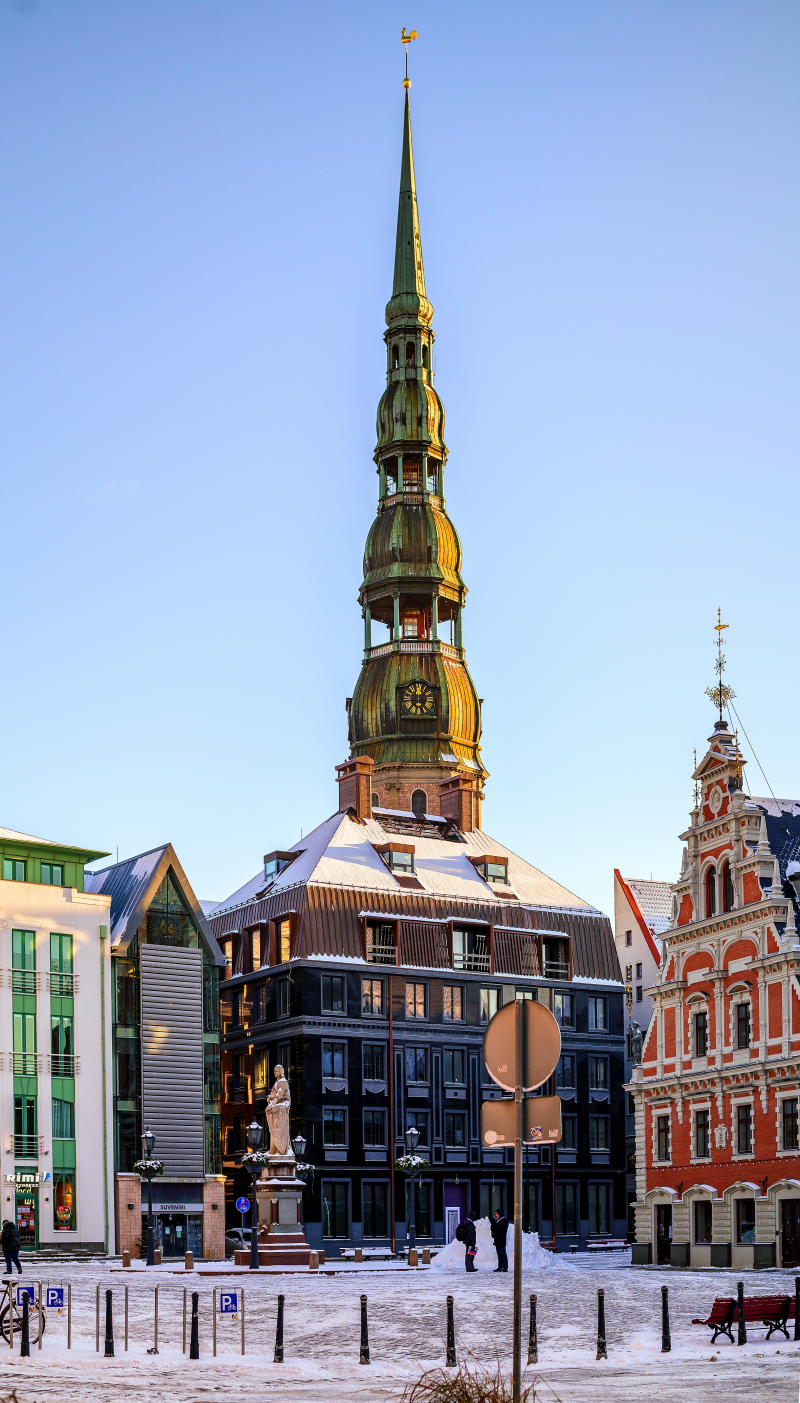
Image by Михаил Шорохов via pexels.com -
One of Riga's newest museums is the Riga Art Nouveau Center. After a careful investigation of the property, the apartment's interiors were faithfully reconstructed to reflect those of 1903 so that guests may experience Art Nouveau in all of its glory, from home design to the smallest details like door and window knobs. At the turn of the 20th century, Konstantins Peksens, one of the leading figures in Riga's Art Nouveau movement, created and resided in this structure, now known as the Riga Art Nouveau Centre, on Albert Street.
Look for the unusual designs on the Riga Art Nouveau Museum that were inspired by the surrounding animals, such as pine cones, needles, and squirrels. With captivating ceiling paintings created by Latvia's foremost painter of the time, Janis Rozentls, the spiral stairway is a joy. You can enter the apartment through the plush drawing room, which is adorned with flowery designs, and the dining room, which is paneled with wood. The kitchen is the greatest place to view the exquisite furnishings with flowing lines, delicate stained glass windows, and lovely tile work.
Visitors can view the restored wall and ceiling paintings, stained glass windows, kitchen tile flooring, oaken wall panels, furniture, paintings and other artwork, apparel, and actual things from the time period. The Riga Art Nouveau museum also conducts themed exhibitions and engaging educational activities for both adults and kids in addition to the permanent show.Address: Alberta iela 12 Riga 1010
Phone: +371 67 181 464
Opening hours: 10 am - 6 pm
Rating: 4.5/5.0, 1065 Tripadvisor reviews
Website: jugendstils.riga.lv
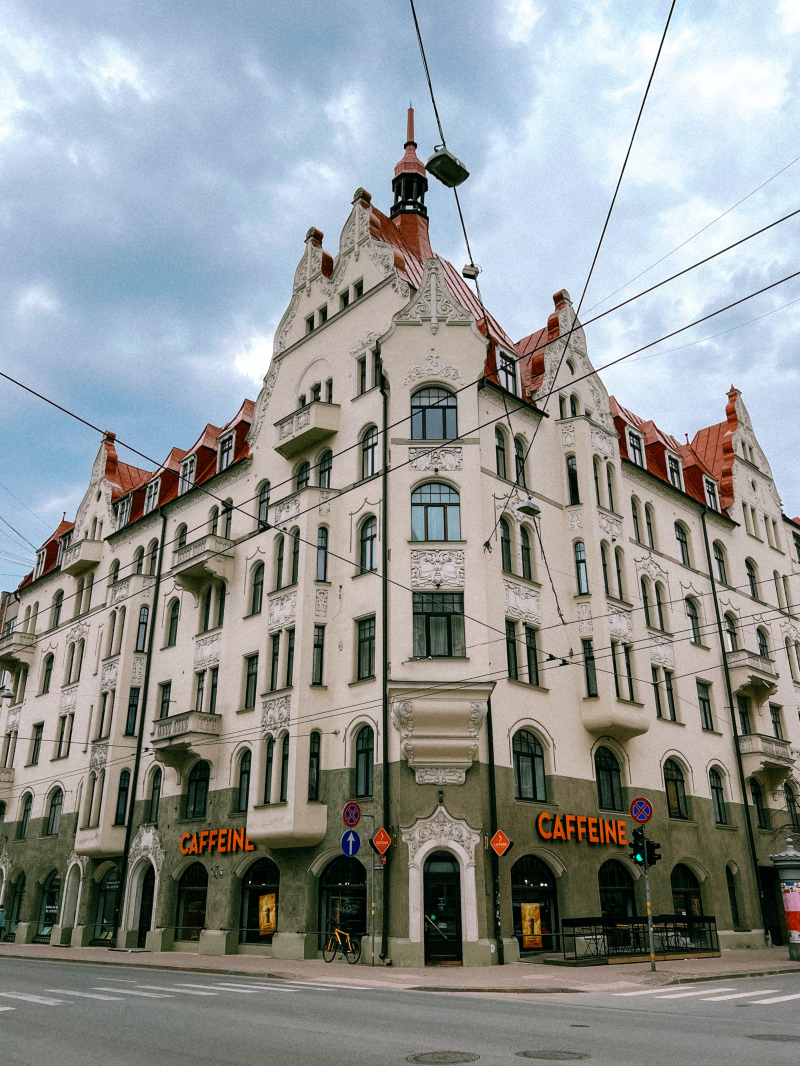
Image by Aleksandra Zadiraka via pexels.com Video by In Your Pocket City Guides via youtube.com -
In Riga, there is an outdoor museum called the Latvian Ethnographic Open Air Museum (also known as the Ethnographic Open-Air Museum of Latvia). This skansen-style museum is located 30 minutes from the city center on the east shore of Lake Jugla. If you're interested in learning more about Latvian culture, don't miss this attraction.
118 traditional buildings from the four provinces of Latvia have been brought to this location and meticulously restored. The most recent is from the 1930s, while the oldest is from the 1600s. The only location in the nation where you may compare the cultural variances amongst the provinces of Kurzeme, Latgale, Vidzeme, and Zemgale is the museum. The majority of the structures in the Latvian Ethnographic Open Air Museum are the farmsteads of farmers, artisans, and fisherman, each of which contains a variety of things on display, including home and work tools and furnishings. The artifacts, along with the historical structures, let visitors get a sense of Latvia's rural landscape by defining the era and its former location.
You can learn about traditional sauna self-care techniques, see examples of traditional weaving, browse a collection of tools used in bygone trades, make your own ceramics, forge coins, sample traditional Latvian cuisine, and learn about seasonal events in Latvia by visiting Latvian Ethnographic Open Air Museum. The museum was built in 1824 and is situated in an 87-hectare pine forest with cross-country ski paths in the winter.Address: Brīvdabas iela Riga 1024
Phone: +371 67 994 510
Opening hours: 10:00 - 17:00
Rating: 4.5/5.0, 887 Tripadvisor reviews
Website: http://brivdabasmuzejs.lv/
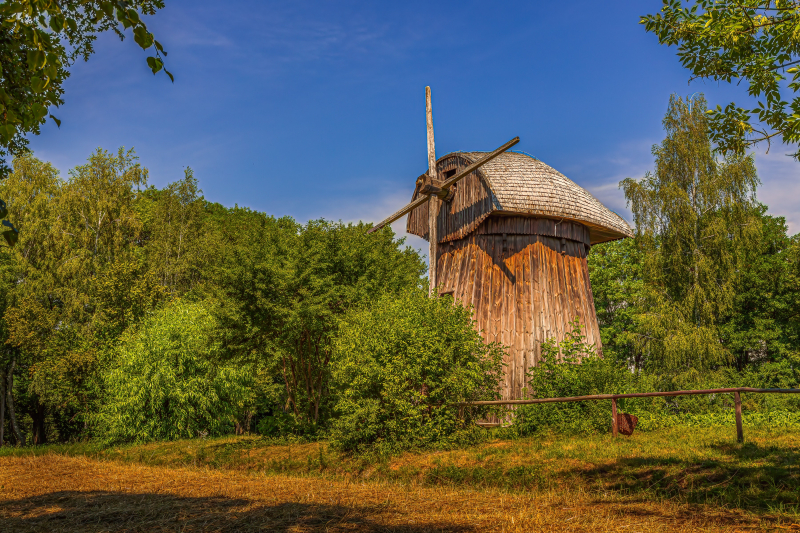
Image by Maciej Cisowski via pexels.com 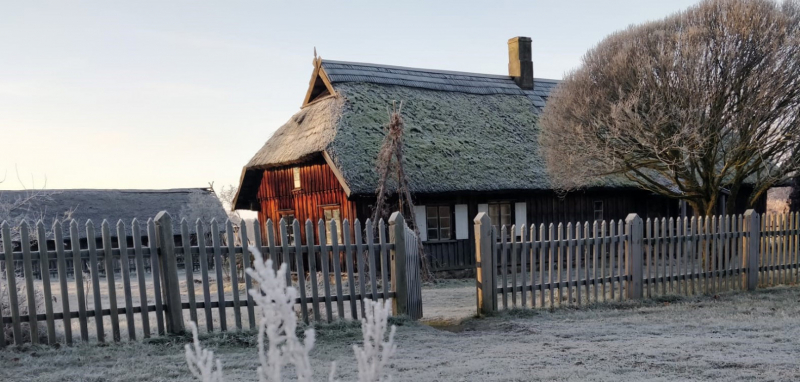
Image from website of Ethnographic Open Air Museum -
The largest Orthodox building in the city is Riga's Nativity of Christ Cathedral. The structure, which during the Soviet era also housed a planetarium and a restaurant, has been totally renovated to function as a church and regularly hosts Orthodox services. The highest officials from other nations as well as everyone else looking for sanctuary and solace frequently visit Nativity of Christ Cathedral, a symbol of architecture and stability.
On July 3, 1876, Riga Bishop Serafim lay the cornerstone (Protopov). The original plan did not include a separate belfry, but since the Russian Tsar Alexander II surprised everyone with a gift of twelve bells, the design was changed to include a third bell dome.
The Nativity of Christ Cathedral was well-known for its impressive collection of priceless old icons, three iconostases painted by Vasily Vereshchagin, a well-known Russian painter, and the brightest teachers at the St. Petersburg Academy of Art, as well as clergymen's clothing made by the city's top seamstresses and Byzantine-style frescoes with Orthodox Christian ornamentation.
Address: Brivibas bulvaris 23 Centra rajons, Riga 1050 Latvia
Phone: +371 67 211 207
Opening hours: 07:00 - 19:00
Rating: 4.5/5.0, 779 Tripadvisor reviews
Website: https://www.sobor.lv/ru/

Image by Sergei Wing via pexels.com Video by Goran Mohammadi via youtube.com -
After a three-year renovation, the state-owned Riga Motor Museum reopened for operation in 2016. If you enjoy vintage automobiles or are fascinated by Soviet artifacts, the museum will keep your interest for one or two hours. See the largest and most varied collection of historic motor vehicles in the Baltics, which includes more than 100 distinctive cars and motorcycles, at the museum. The exhibition tells an exciting and engaging story about rare cars, famous personalities, and important historical moments. The museum visit is turned into an engaging and educational adventure by the authentic motor vehicles, touchscreen monitors, operable models, movies, interactive exhibitions, virtual reality, and other information offered by modern technology.
Models by Volga, Moskvich, and Zigouli, as well as a ZIS-115 armored car built for Joseph Stalin and a Lincoln Continental 53A Town Car that Richard Nixon sent to Leonid Brezhnev in the early 1970s are all visible remnants of the Soviet occupation. Be on the lookout for the reproduction of the Auto Union Race Car Type D, which was constructed by the business that would eventually become Audi. A Rolls-Royce Silver Wraith, a Mercedes-Benz 220 SE, and a Jaguar Mk. 2 are also on display from the West and are all in excellent shape.
The Riga Motor Museum provide a variety of additional services, including interactive activities in the children's play area, exploratory guided tours, a museum cafe, a gift shop, and free parking, to ensure that visitors feel comfortable and have a worthwhile and productive visit even if they spend the entire day there.
Address: Sergeja Eizensteina iela, 8 Riga LV-1079
Phone: +371 67 025 888
Opening hours: 11 am - 4 pm
Rating: 4.5/5.0, 686 Tripadvisor reviews
Website: http://www.motormuseum.com/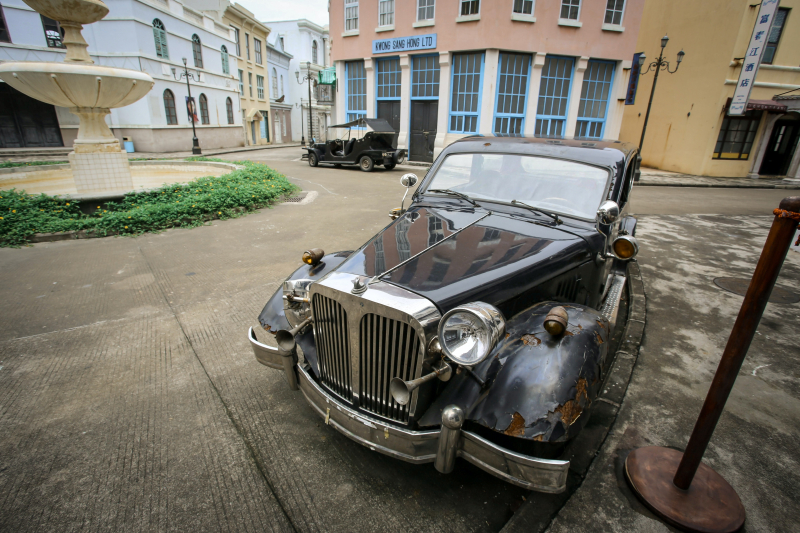
Image by Mehmet Turgut Kirkgoz via pexels.com Video by Keeponwalking via youtube.com -
The Latvian National Opera and Ballet is an internationally acclaimed cultural institution that seeks to foster and support the development of the creative process as well as cultural enrichment and educational activities. The Latvian National Opera and Ballet was built in a Neoclassical style in 1863, and is at its best when the auditorium is packed for evening performances. The location is older than the Latvian National Opera, which debuted Wagner's Flying Dutchman in 1919 after being established in the same manner in 1912 but having to wait until after the First World War. August Volz's studio, which also created the Roland Statue and the allegorical sculptures on the House of the Blackheads' front, created the opulent interiors.
The Latvian National Opera and Ballet aspires to perfection in all of its opera and ballet productions, as well as giving everyone in society access to top-notch art, encouraging creativity, and advancing public education. From October 15, 1918, the firm has worked under a variety of laws and regimes; yet, its ongoing existence throughout history has always been guaranteed by its brilliant artists and the productions they have created.
The Latvian National Opera and Ballet aspires to perfection in all of its opera and ballet productions, as well as giving everyone in society access to top-notch art, encouraging creativity, and advancing public education. From October 15, 1918, the firm has worked under a variety of laws and regimes; yet, its ongoing existence throughout history has always been guaranteed by its brilliant artists and the productions they have created.
Address: Kronvalda bulvaris, 4 Riga LV-1010
Phone: +371 67 073 777
Opening hours: 10 am - 7 pm
Rating: 4.5/5.0, 645 Tripadvisor reviews
Website: https://www.opera.lv/en/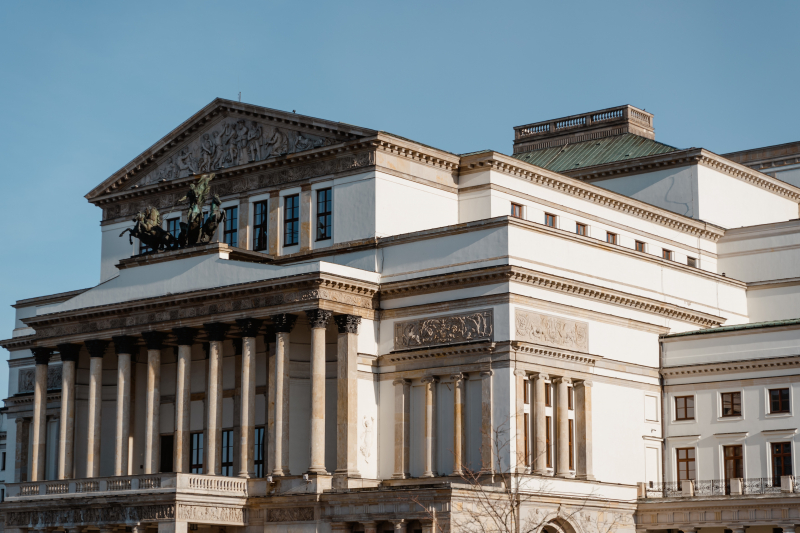
Image by MART PRODUCTION via pexels.com Video by OperaVision via youtube.com -
Vermanes Garden Park is the second-oldest public park in Riga; locals and tourists alike frequently rest on its many benches, enjoy concerts on its antique outdoor stage, and play on its playground.
The streets of Trbatas, Elizabetes, Krisjana Barona, and Merkela encircle Vermanes Garden Park, which is located in the very center of the city. Donations were used to establish the second-oldest park in Riga in the early 19th century. It was given that name in honor of the affluent widow Anna Gertrud Vermane (born Ebel, 1750–1827), who donated a large quantity of money and a plot of land for the park. An obelisk in her honor is one of the park's few solemn monuments.
Vermanes Garden Park is home to a number of sculptures, including a magnificent four-season fountain, imposing stone lions, a memorial to the Latvian folk song collector Krisjanis Barons, and, on the other side of the fence, a bronze dandy honoring Karlis Padegs, a Latvian artist and designer. At the darkest time of the year, the garden park is transformed into a fairytale setting with strings of shining lamps, music, and enormous snowmen.
Chess players like playing on the wooden outdoor stage on the Elizabetes Street side, which also occasionally hosts concerts and dance acts. Following a trip through the park, unwind at the charming tea house, dining establishment, or nightclub housed in the old structure on Terbatas and Merkela streets.Address: Terbatas iela 2D, Riga 1050 Latvia
Phone: +371 26 578 278
Opening hours: unknown
Rating: 4.5/5.0, 623 Tripadvisor reviews
Website: https://www.riga.lv/lv
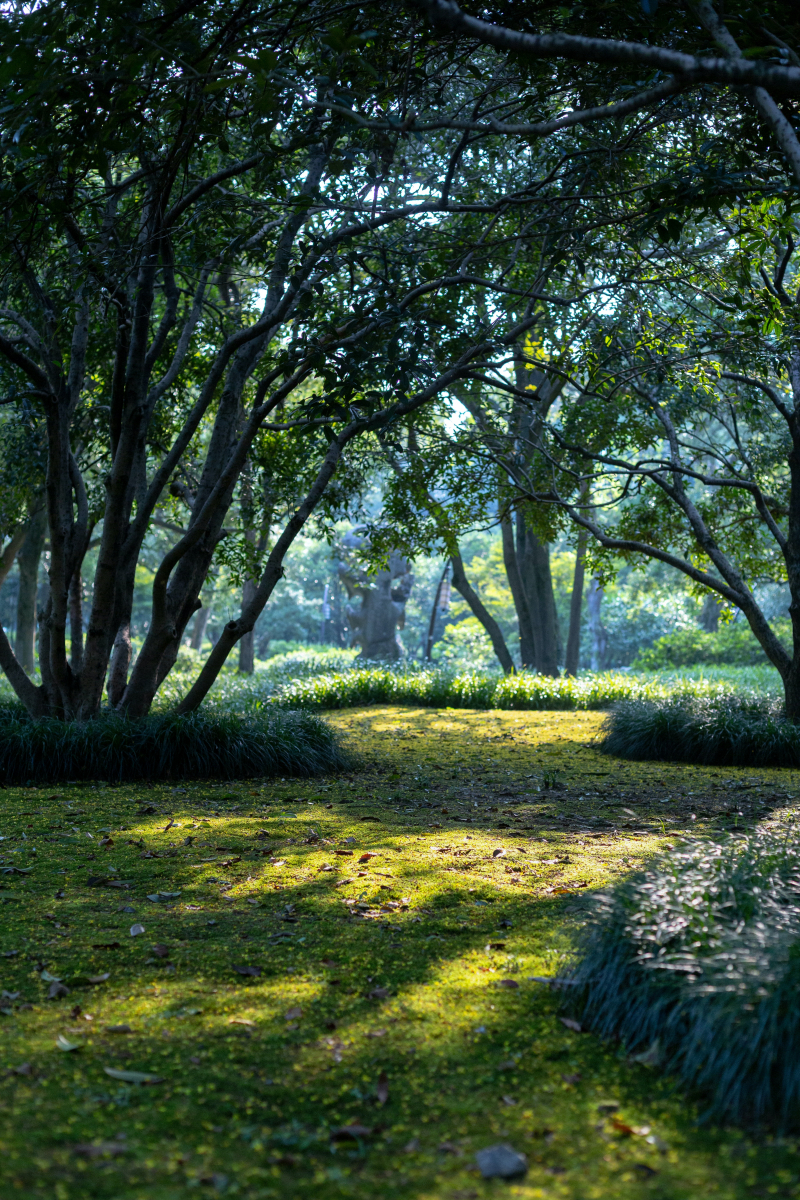
Image by 宝饭 八 via pexels.com Video by travelers via youtube.com -
In Riga, Bastejkalns is among the most lovely and romantic locations to stroll. Located next to the Freedom Monument, the park has been a source of visual delight and spiritual solace for more than a century. In Bastejkalns, there is a distinct mood, whether it is summer or winter. On the eastern outskirts of the historic district of Riga, the capital of Latvia, is a sizable park called Bastejkalns Park. The Pilstas Kanls (canal), which meanders following the path of Riga's former moat, is spanned by the park surrounding the Independence Monument.
This hill, which translates to "Bastion Hill," served as the location of Riga's eastern defences up to 1856. A stately promenade, gaslights, statues, formal flowerbeds, and a man-made waterfall were all erected on the hill throughout the 19th century, and charming wrought iron bridges crossed the canal.
The trails of Bastejkalns wind on various levels; you can ascend to the mountain's summit, where you can sit on benches and watch the evening sun set or the activity of the city, or you can throw bends around it and take in the breathtaking scenery. There are numerous sculptures built, waterfalls and cascades gushing down from the hillside, and benches every few meters for you to rest your legs. Beautiful designs constructed of flower plantations may be found in the stone garden.It is important to pay attention to the bridges since the newlyweds, who were hoping for a long and happy life, managed to defeat the keys to them. The canal side is likewise bustling with activity; flocks of ducks congregate there throughout the year, and you may frequently see swans; a house has even been constructed for these majestic birds! The most intriguing residents of the Riga Canal are beavers, if you're lucky. In the summer, visitors to Bastejkalns can either row themselves through the canal or take a river tram—the pier is situated immediately next to the park.
Address: Zigfrida Annas Meierovica bulvaris, 12 Riga LV-1050
Phone: +371 66 066 106
Opening hours: 10 am - 7 pm
Rating: 4.5/5.0, 536 Tripadvisor reviews
Website: https://www.liveriga.com/lv/apmekle/ko-redzet/apskates-vietas/darzi-un-parki/bastejkalns
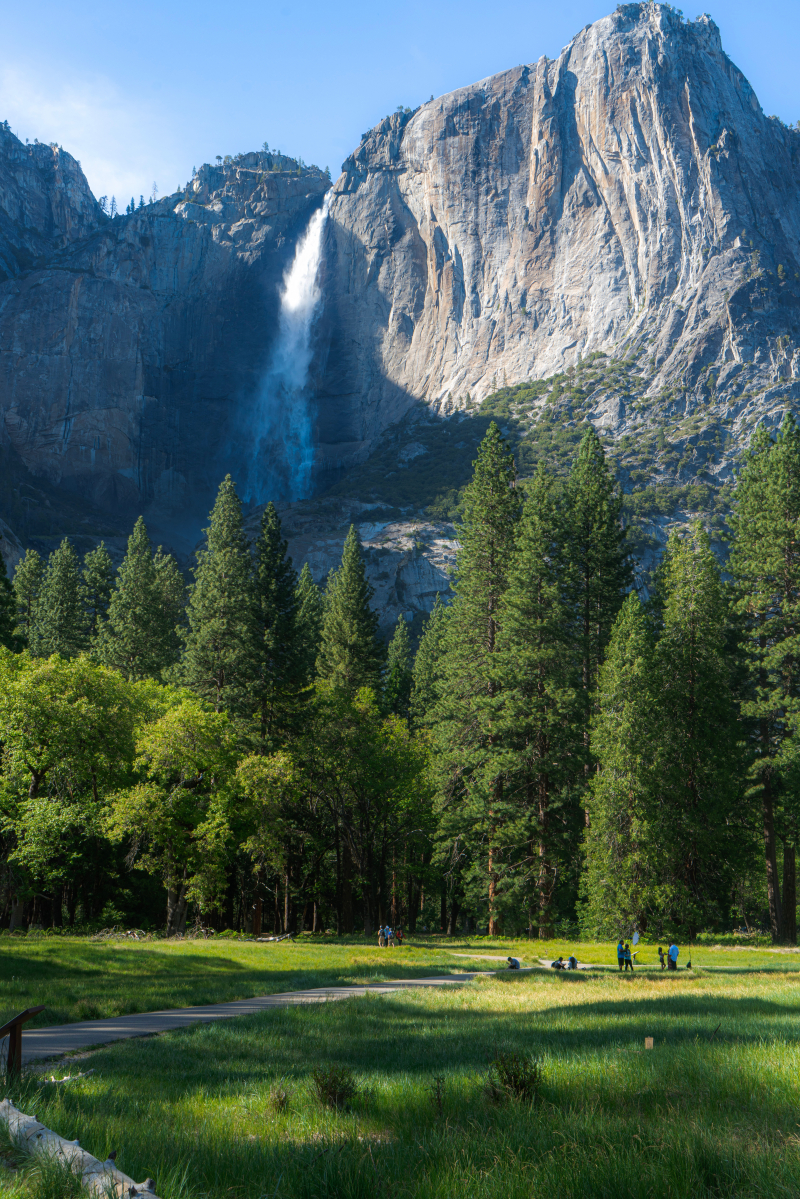
Image by Yuanpang Wa via pexels.com Video by A&M Wandering around via youtube.com -
The largest repository for artwork in the country is the Latvian National Museum of Art. The structure was repaired and refurbished yet kept its regal splendor from a long-gone age when it was reopened in May 2016. The newly unveiled permanent exhibit at the National Art Museum, which celebrates the reopening of the fully refurbished building, is a thorough survey of Latvian art in the 19th and 20th centuries, with a focus on the major aesthetic eras and the artists who played a significant role in each one. This museum is one of the Best Places to Visit In Riga.
In the refurbished main building's two levels, comprehensive material is shown that clearly demonstrates the development of Latvian art, focusing on the many eras, the people who made it all possible, and the key moments of the time. By showcasing the most significant pieces and artists and situating them in the current cultural, historical, political, and social contexts, it presents an emotive and visually compelling tale about the development of Latvian arts.
According to tourists who have flocked to Latvian National Museum of Art since it opened, the modernized structure itself is what draws them in and makes their time here worthwhile. The museum is a vital component of Latvia's identity and a fascinating value in the global framework of museums around the world thanks to its distinctive vision and remarkable content.Address: Krisjana Valdemara iela, 17A Riga LV-1010
Phone: +371 67 324 461
Opening hours: 10:00 - 18:00
Rating: 4.5/5.0, 411 Tripadvisor reviews
Website: https://www.lnmm.lv/
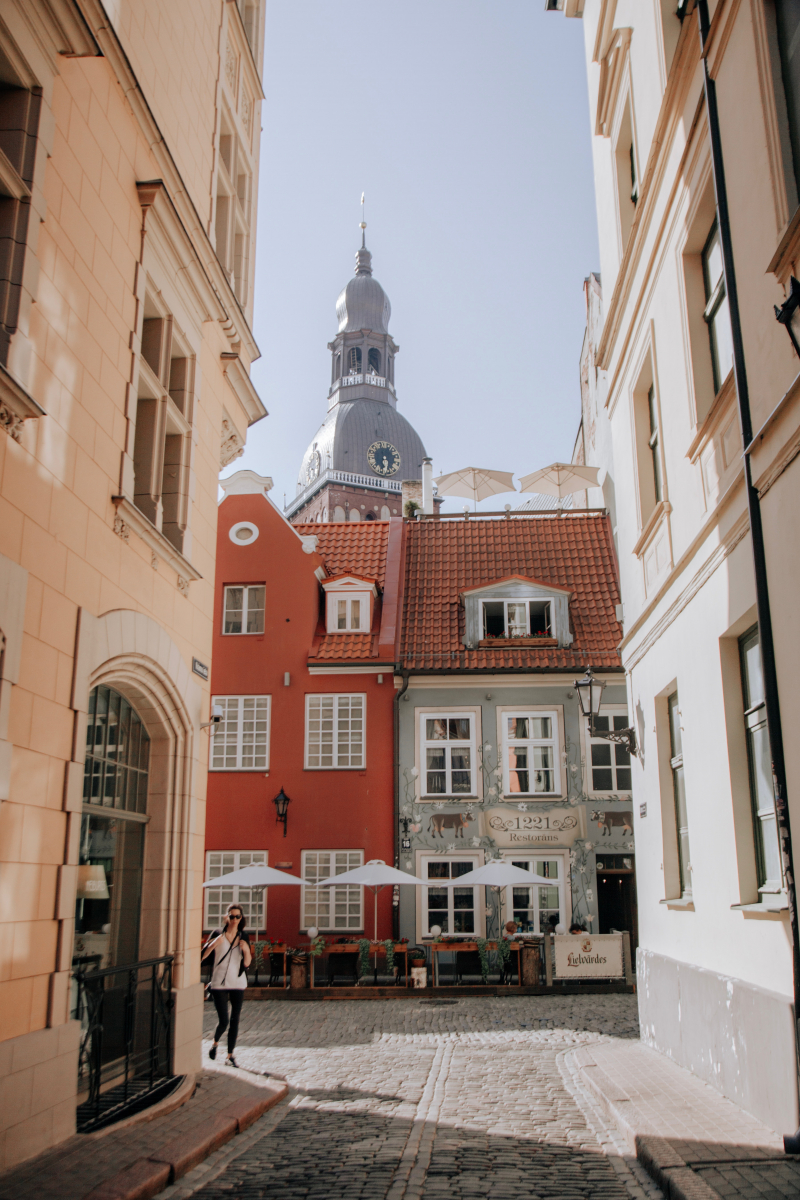
Image by figen kokol via pexels.com (photo is used for illustration only ) Video by Archriga via youtube.com -
Freedom Monument is one of the Best Places To Visit In Riga. For almost a century, the Independence Monument has served as Riga's main landmark. This granite and copper sculpture, which stands 42.7 meters tall, represents the aspirations of the Latvian people for freedom and independence. On the base is written the phrase "For the Fatherland and Freedom." It was totally supported by contributions from the public and unveiled on November 18th, 1935. The focal point of the city's official remembrance rituals continues to be this monument.
The large-scale sculptures, which are positioned on several levels and reflect major moments and figures in Latvian history, are part of the Freedom Monument, an architectural expression of the concept of freedom. 13 groups of reliefs depicting national heroes, allegories, images of Latvian culture, and significant events in the history of the country, such as the Russian Revolution of 1905 and the War of Independence, may be found as you approach the base. On four levels, 56 sculptures are organized in thirteen groups.
The marble obelisk's top is capped by a copper-hewed woman. Three golden stars that she is holding up stand for the harmony of Latvia's historical regions. Any gathering at the Freedom Monument was rigorously prohibited when it was under Soviet rule. But, after the Reawakening, people flocked to this location to commemorate the founding of the Republic of Latvia, the War of Independence, the occupation, and the repression. The honor guard was once more stationed at the base of the monument after Latvia's independence was reestablished in 1991.
Address: Brivibas Laukums Central District, Riga 1050 Latvia
Phone: unknown
Opening hours: all day
Rating: 4.0/5.0, 2487 Tripadvisor reviews
Website: https://www.liveriga.com/en/visit/what-to-see/top-sights/freedom-monumentVideo by NATO via youtube.com 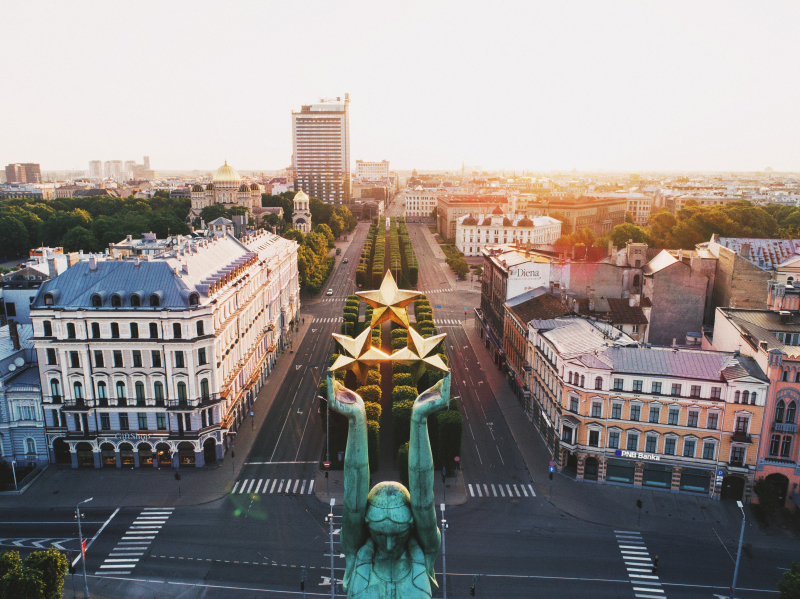
Image by Ivars Utināns via unsplash.com -
The "Dome Cathedral," a recognizable landmark in Riga, serves as the residence of the Archbishop of the Evangelical Lutheran Church of Latvia. One of Latvia's most well-known sites, the cathedral has been shown in or served as the inspiration for several paintings, photos, and travelogues on television. It is renowned for its weathercock, just like all of the city's older churches.
This majestic structure, which was first finished in 1270 as a bishop's cathedral, has one of the largest organs in the world, with 6,768 pipes, making it one of the largest in the world. Since it was first constructed at the beginning of the 13th century along the right bank of the Daugava River, the structure has undergone numerous modifications. The Riga cathedral also has a cockerel on top of its spire, which, like all the churches in Vecrga, weighs 86 kg and serves as a weather indicator.
The Riga Cathedral, the oldest and greatest monumental religious structure in the region of what was once Livonia, is a huge medieval church that had a significant impact on local architecture. Romanesque and early Gothic architecture, as well as, to a lesser extent, Baroque and art nouveau architecture, are all combined into one style. The early Gothic cloisters from the 13th century, one of the few in Central and Eastern Europe and the only ones now standing, are among its most priceless architectural features. The Riga cathedral is currently a site of worship for the Latvian Evangelical-Lutheran Church, as well as a venue for concerts and a tourist attraction.Address: Herdera laukums 6 Centra Rajons, Riga 1050 Latvia
Phone: +371 29 991 637
Opening hours: 10 am - 5 pm
Rating: 4.0/5.0, 1835 Tripadvisor reviews
Website: https://www.doms.lv/
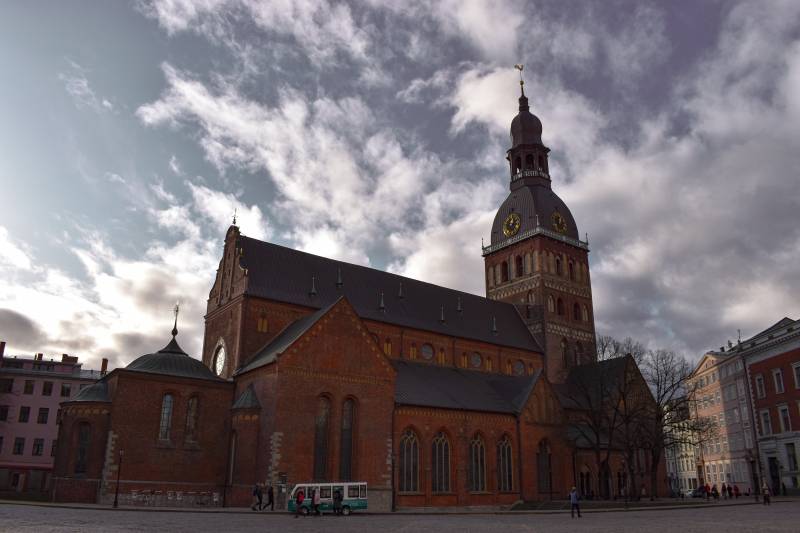
Image by Artem Makarov via pexels.com 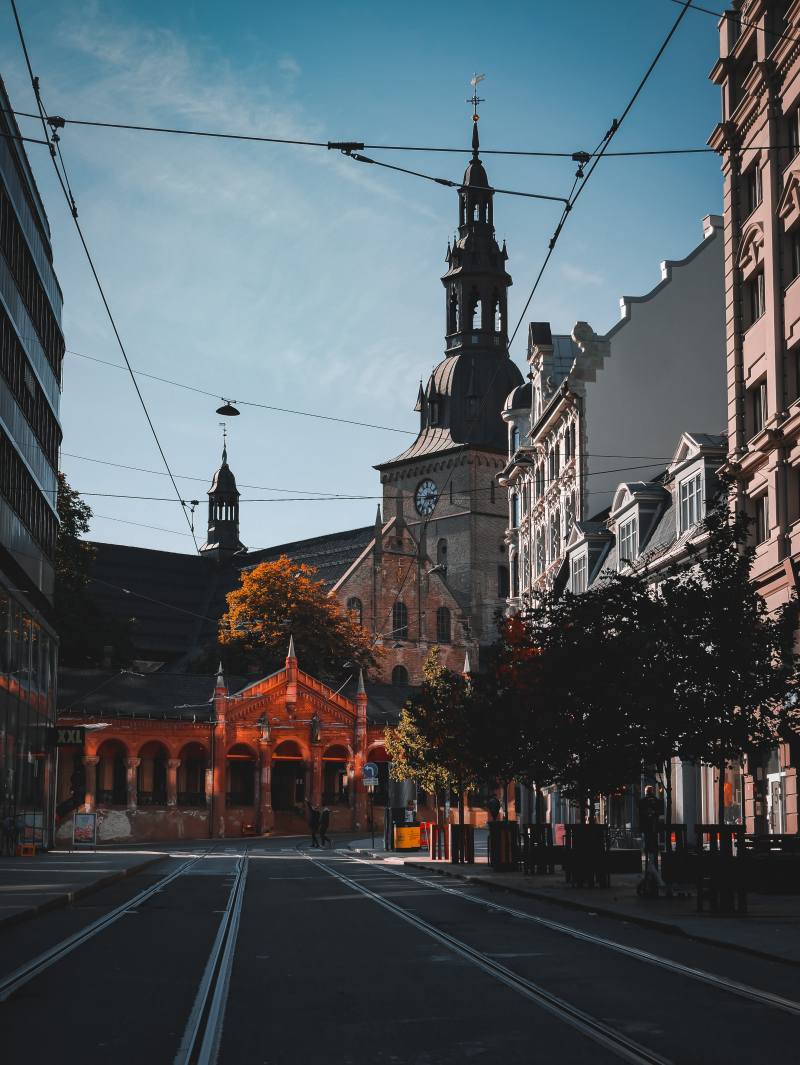
Image by PRAT clement via pexels.com -
A visit to the Cat House, a custard-yellow structure at Meistaru 10/12 with two black cat statues on the roof, is a must for everyone taking a tour of Riga. The Cat House is a structure located at 10 Meistaru iela in the historic district of Riga, the country's capital. The Cat House, an Art Nouveau residence on Meistaru Street with Medieval influences, is a building that can be viewed from the exterior as you move about Vecrga. Due to these figures, the infamous and odd building—once scandalous and even the subject of a lawsuit—became known as the Cat House. The cats now live on the ground floor in addition to the building's roof, where they used to squat. It can be seen as one of the Best Places to Visit In Riga.
It was designed by Friedrich Scheffel for a wealthy Latvian businessman, and the copper cats perched atop the corner turrets gave it its name. According to legend, the house's owner had a grievance against the residents of the Great Guild and wanted the cats positioned so that their tails pointed in the direction of their neighbor's house. The cats were later instructed to be turned to face the guildhouse. Originally facing the Great Guild, the Riga Town Hall was destroyed in a fire during World War II, razed in 1954, and only reconstructed there between 2000 and 2001.
Address: Meistaru iela, 10 Riga LV-1050
Phone: +371 27 767 366
Opening hours: unknown
Rating: 4.0/5.0, 943 Tripadvisor reviews
Website: https://www.citariga.lv/rus/rigas-apskates-vietas/vecriga/kaku-nams/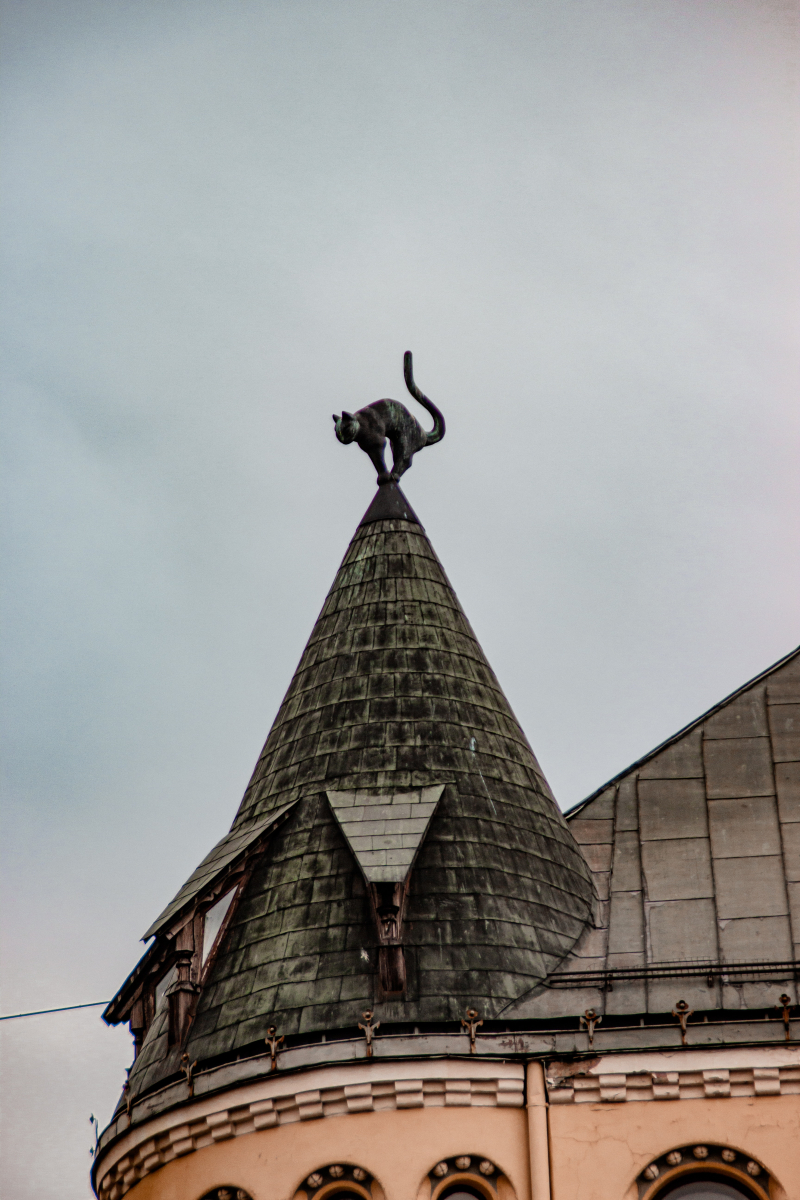
Image by Mimionthego via pexels.com Video by 20th Century CAT TRAVELER via youtube.com -
The House of the Fraternity of Black Heads is Tallinn's lone remaining example of a Renaissance structure. The majestic House of the Blackheads, which was originally constructed in the 1330s for an association of single merchants and shipowners, is without a doubt the center of attention on Town Hall Square. During the Hanseatic era, this lavishly decorated brick structure served as a hub for commerce and trade in Riga. Also, because they were bachelors, the Blackheads were renowned for energizing Riga society by planning events.
In the first part of the 16th century, the House of Black Heads acquired the land and added a new vault-free hall. The façade had a significant rebuild in 1597, when it was redone in the manner of Renaissance architecture from the Low Countries, complete with lavish embellishments and carved carvings. From the 1640s comes one of Tallinn's most striking painted doors. The 15th-century two-nave, arched guildhall that was purchased from the Olaf Guild. The magnificent Celebration Hall and the collection of antique silver are must-sees, while the original, 14th-century vaults in the basement are also worth visiting.
The structure underwent modifications in the 16th and 19th centuries before being completely destroyed in a 1941 German air strike. After the Soviet era, the reconstruction began, and it was completed in 1999. From Tuesday to Sunday, you can visit to find out more about the Blackheads and the origins of the structure.
Address: Pikk 26, Tallinn 10133 Estonia
Phone: unknown
Opening hours: all day
Rating: 4.0/5.0, 101 Tripadvisor reviews
Website: http://www.filharmoonia.ee/mustpeademaja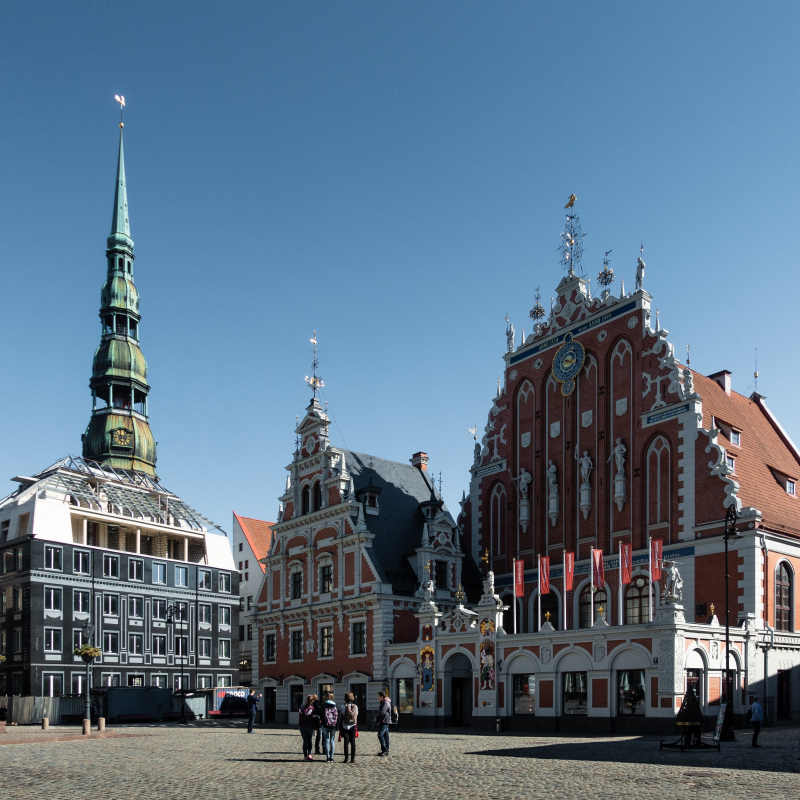
Image by Martin Kleppe via unsplash.com 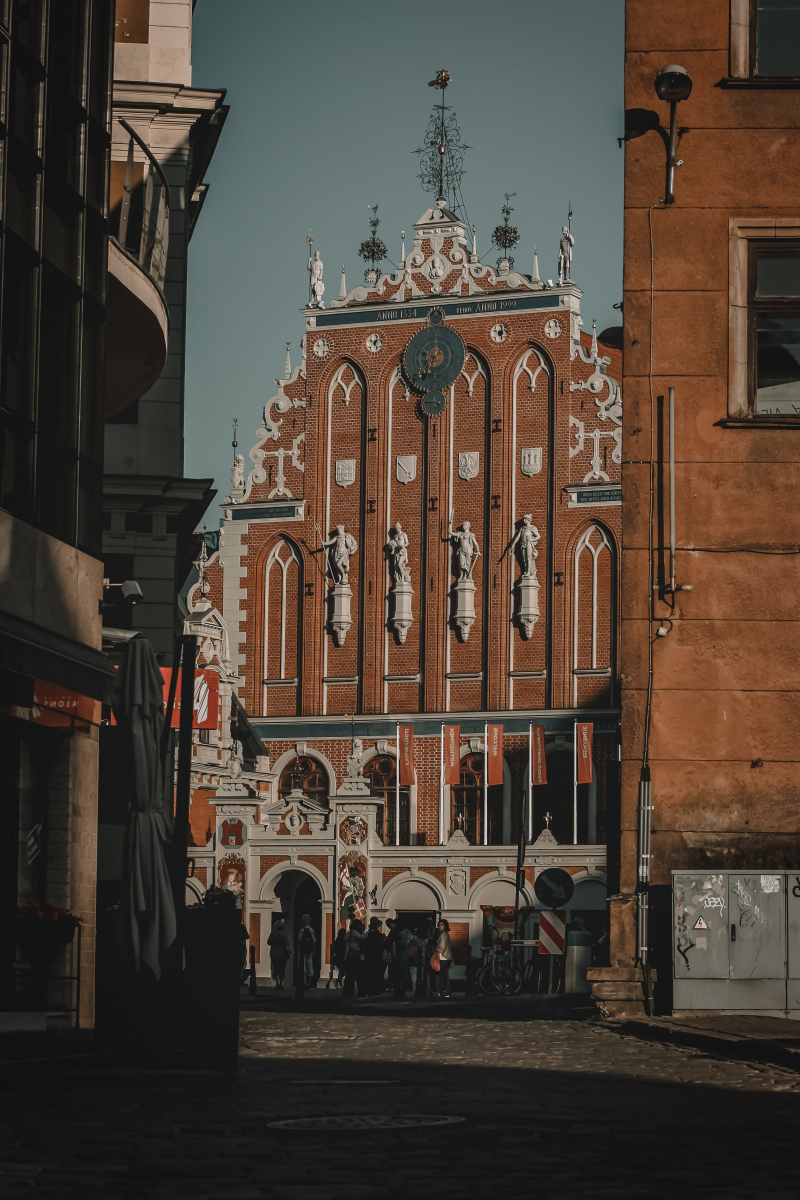
Image by Vlad Fonsark via pexels.com


















